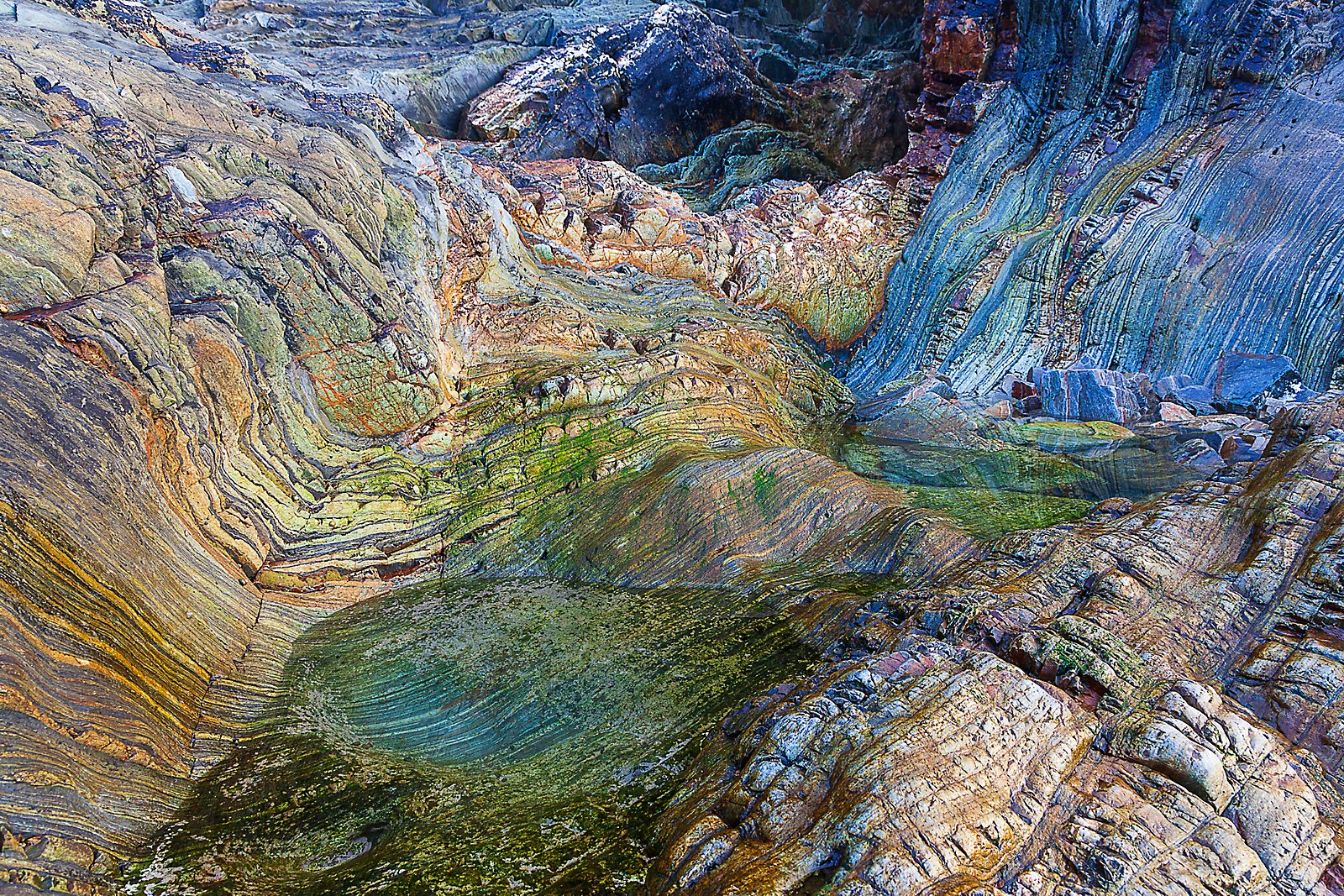Discover the mineral demand for clean energy technologies 2020 compared to 2040
Total mineral demand for clean energy technologies in
2020
2040

Solar PV

Wind

Other low carbon power generation

EVs and battery storage

Electric network

Hydrogen

Solar PV

Wind

Other low carbon power generation

EVs and battery storage

Electric network

Hydrogen































